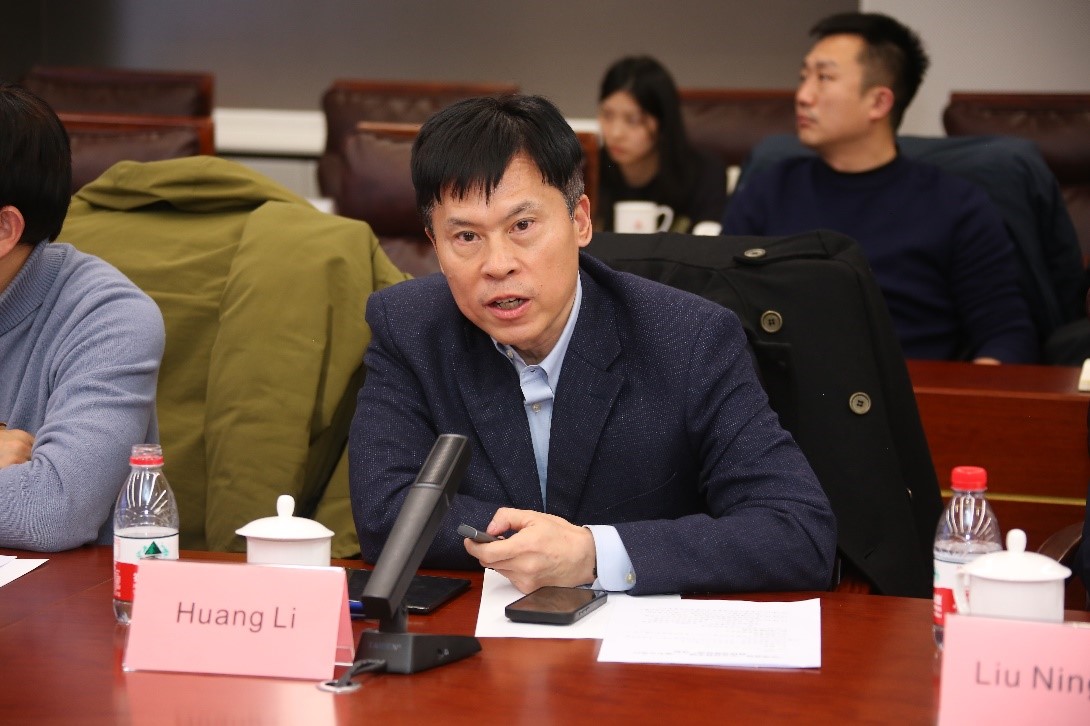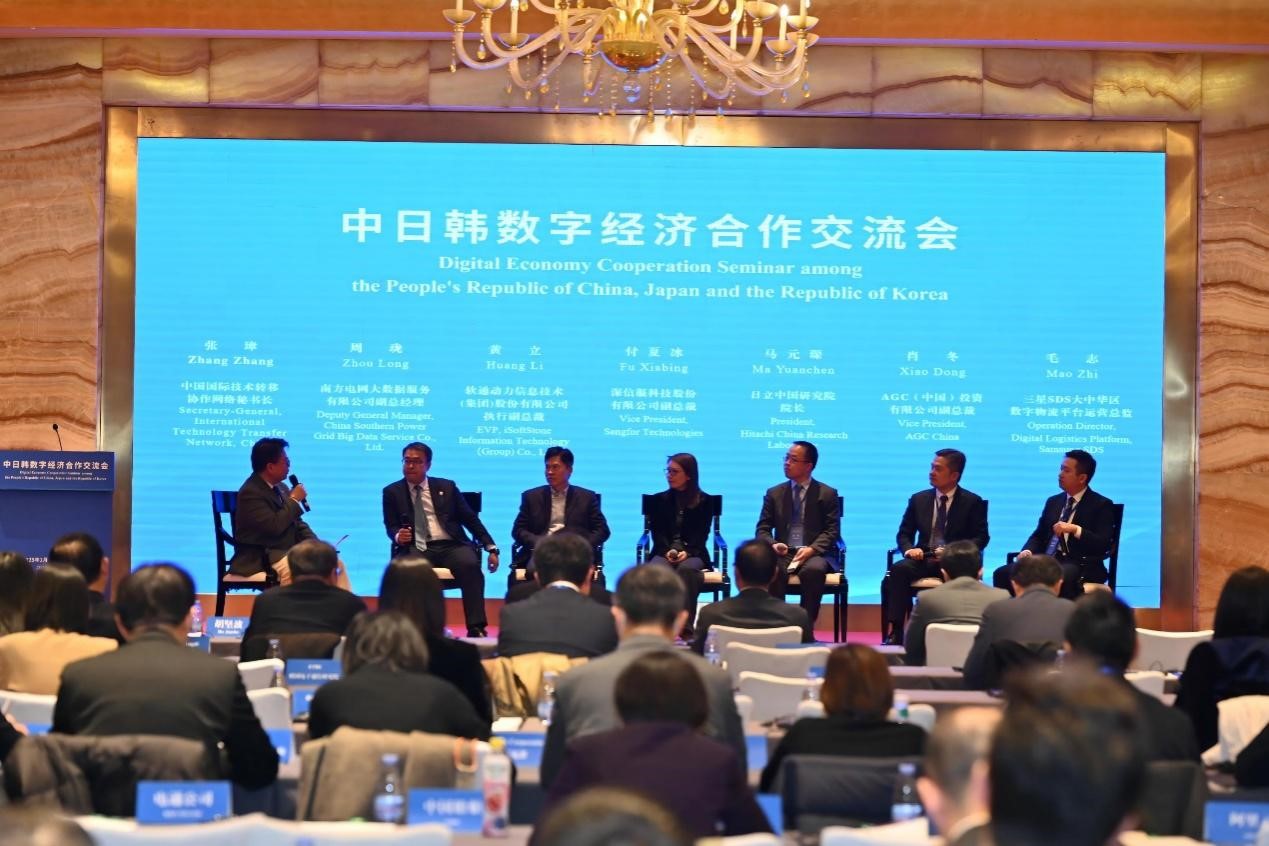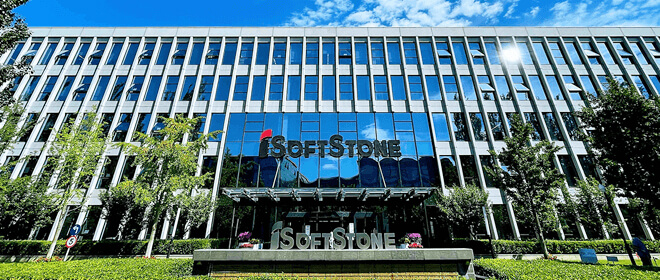
Insight/iSoftStone Released Open-source Ecology Research Report: Pooling of Crowd Intelligence and Boom of Open-source Innovation
China’s open-source innovation is developing on a fast track in the fields of new-generation operating system, distributive database, new-generation AI framework, etc and some of the indexes are leading worldwide. However, China still lags behind other countries.
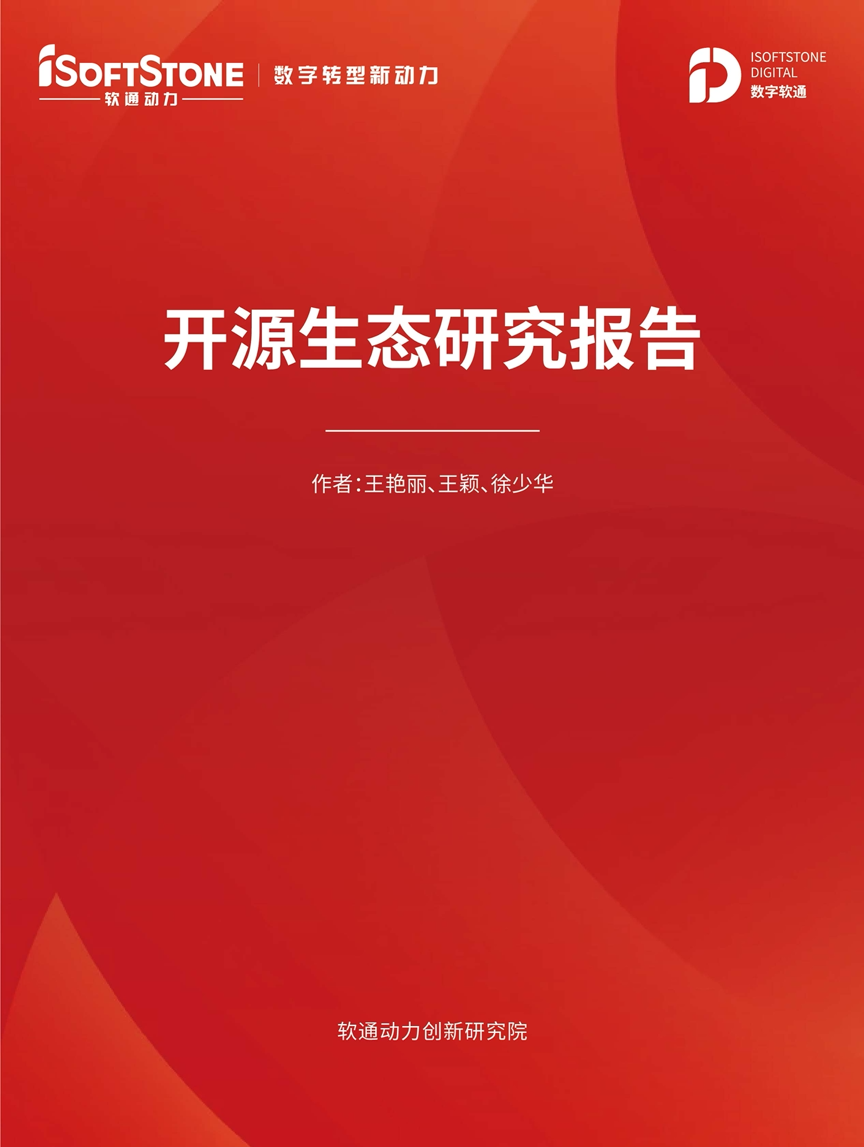
iSoftStone Innovation Research Institute has made an all-around and in-depth analysis of China’s open-source industrial ecology from the perspectives of technology, market, trend and challenge recently and pointed out some major trends in the development of China’s open-source industry.
• Open-source technology can save costs and shorten the period of application deployment. 50.8% open-source users believe that open-source technology can save costs; 45.1% open-source users believe that open-source technology can substantially shorten the time of APP deployment. Moreover, independence, controllability (30.3%) and lower trial-and-error risk (20.7%) are also the main driving forces for the use of open-source technology.
• Over 70% Chinese enterprises use open-source container technology: according to 2020 statistics, 40.7% enterprises have used the open-source container technology, up by 4.3% compared with 2018. Secondly, 32.3% enterprises are testing the container technology application environment, down by 1.9% compared with 2019. Moreover, 19.1% enterprises are evaluating container technology.
• Enterprises have highly diversified commercial strategies: different enterprises have different open-source strategies according to their respective business features and there are two major types of strategies: the first type of strategy is the technology-driven strategy and the second is the innovation-driven strategy, with unclear borders between them.
• China’s open-source supply chain faces challenges: considering fiercer hi-tech competitions between China and the USA, China needs to have a reliable and creditable open-source supply chain in order to own its independent and controllable operating system. Any node along the open-source supply chain may face physical, technical and legal risks. China needs to continuously optimize its supply chain combination in order to establish its complete open-source ecology.
• A hot industrial ecology is forming based on China’s open-source technology, including the deep IT ecology where chip and operating system play a prevailing role; the innovation ecology with a plurality of open-source databases; the industrial Internet open-source ecology with industrial software upgrading; the hottest AI ecologies that include face identification and autonomous driving; middleware, cloud computing and big data industrial ecology, etc.
Business mode – altruism is the best egoism.
Open source is altruistic; proprietary software or private software is egoistic; open-source business mode is also egoistic. Only the combo of altruistic open source and egoistic open source can make real contributions to open source.
There are three mainstream profit-making modes of open source:
The first mode is a technical service-driven profit-making mode: the operation, maintenance, deployment, counseling and upgrading of open-source software are collectively referred to as technical services. Open source isn’t applicable to all software. A most typical example is that front-end open-source framework is seldom commercialized while rear-end open-source framework can attract considerable investments. The potential of open source is greater when the software is closer to the bottom layer where the infrastructures are more universal
The second mode is dual-version issue: dual version refers to the coexistence of open-source community version and professional version. A professional version includes some additional features, like audit, data encryption, user management and other features of basic data software.
The third mode is cloud deployment. It is a mode that has been popular in the past 10 years. Deploy the open-source version on the cloud and provide a safe, efficient, available and cross-cloud solution to save the users’ troubles with operation, maintenance and deployment.

Source: Open-source Ecology Whitebook of China Academy of Information and Communications Technology
Summary:
We believe that more and more enterprises are establishing an open-source business system and ecology in an open-source and neutral manner in order to acquire big development room. For instance, Alibaba, Huawei and Tencent have substantially enriched the developer ecology through open-source framework. Apache Dubbo has acquired a great number of developers through high-level combination with Ali Cloud’s commercial products. For the businesses that adopt an open-source business mode, an open-source approach increases the chance of commercialization by at least 50 times. It is hard to raise funds before source opening; but positive feedbacks are acquired from industrial peers and active supports from more capitals after source opening. Data analysis, cloud computing and big data are also the key fields of open source favored by venture capitals.
Project ecology – cloud computing and database are the hot fields of open source
Each successful open-source project has a full set of successful governance modes and a complete open-source ecology to benefit the end users. An open-source ecology is established on the basis of an open-source project and involves open source contributor, open source user, open source operator, open source server and other roles and covers open source governance, open source operation, open source business distribution and multiple other nodes. It needs to satisfy the open-source rules and requirements and rely on a code custodian platform and other infrastructures.
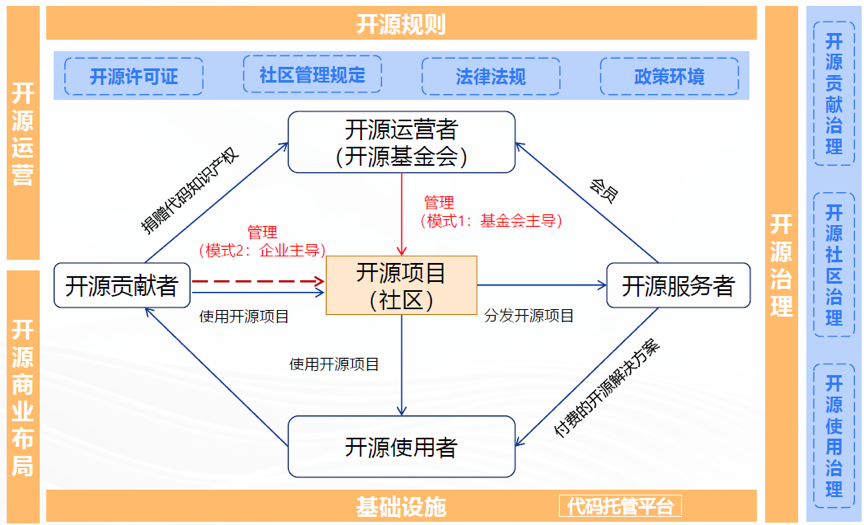
Active open-source projects are concentrated in the emerging technical fields. The open-source projects in artificial intelligence, cloud computing and other emerging technical fields received high attention in the GitHub code warehouse in 2019. Microsoft’s source-code encoder VSCode and machine learning document Azure Docs were the open-source projects with the highest contributions to GitHub in 2019, which were followed by Goggle’s machine learning platform TensorFlow, container arrangement platform Kubernetes and Facebook’s mobile APP development framework React Native. According to investigations, among China’s open-source service enterprises, 51.9% products are the secondary development based on the open-source software in the field of cloud computing and 47.8% based on the open-source software in the field of database. Moreover, network (28.8%) and artificial intelligence (26.3%) software are the two primary fields in which open-source service providers engage in secondary development.
Jenkins is the open-source integration tool most extensively used by Chinese enterprises: among the open-source integration tools, Jenkins has the highest rate of use, i.e. 36.8%. 32.9% and 21.1% enterprises have used TeamCity and GitLab CI respectively. Moreover, 9.2% enterprises have used GoCD.
GitHub is the open-source code custodian platform prioritized by China’s independent open-source enterprises. GitHub as run by an American company is the most popular code custodian platform, with a rate of use of 46.1%. The second most popular platform is Gitee run by a Chinese company, with a rate of use of 32.8%.
Open-source foundation has become an important role of open-source operation. The mainstream open-source foundations (Linux Foundation, Apache Foundation, etc) are the 501(c)(3) or 501(c)(6) nonprofit organizations registered with the IRS. Open-source foundations have continuously increased the number of their members and custodian projects in recent years. Chinese enterprises have actively participated in international open-source foundations and donated to nearly 30 open-source projects.
Summary:
We believe that Chinese enterprises have gradually combined the open-source strategy and their general development strategy, harmonized the win-win relations between their open-source and business strategies and started a path of sustainable growth through prior in-depth researches on the culture, community, foundation, rules, laws and commercialization of open source.
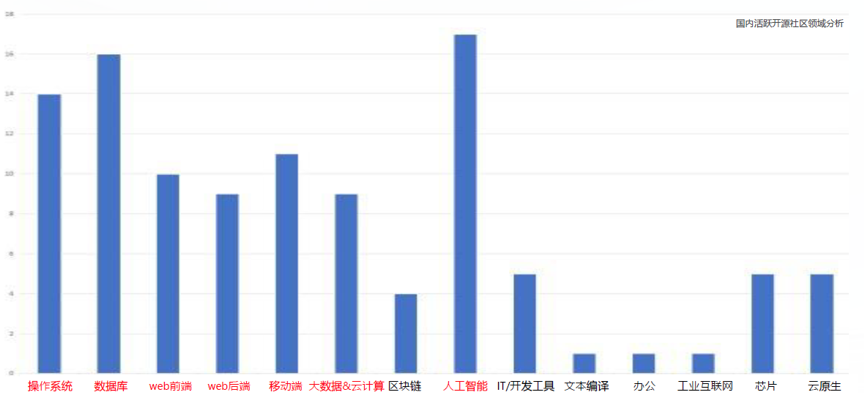
Opportunities and challenges – a heavy and arduous path of open source governance
As forecast by GitHub, the world’s largest open-source project custodian platform, Chinese developers will become the world’s largest open-source group by 2030. China’s open-source communities are developing from the earlier phase of disorderly prosperity to the current phase of orderly prosperity. In the future, China will have many outstanding open-source software companies and the engineers will mostly come from China with worldwide customers.
While bringing convenience to developers and users worldwide, open-source software also faces technical risks, legal risks and supply chain risks.
In the three key challenges, technical risk is primarily reflected by the ever-increasing safety bugs of a great number of open-source projects and modules, wherein system information leakage, password management and malicious code placement are the main technical risks for source opening; legal risk primarily includes technical/commercial leakage risk, contract breach risk, open-source license risk (license or license conflict risk to be further defined) and intellectual property risk (copyright risk, patent risk and trademark risk); supply chain safety risk refers to the “bottleneck” risks encountered during distribution, use and re-development of open-source technologies, including heavy reliance, low maintenance and export control.
Safety bug and malicious software package placement risks, open-source license conflict risks and open-source key assembly bottleneck risks are the common problems to be addressed worldwide. To China, we also face the potential technical export control risk of American open-source technology suppliers and service providers. Therefore, Chinese developers and users urgently need to establish an all-around open-source risk prevention system to cope with such challenges.
We believe that many people still maintain an optimistic attitude towards the development of open source despite the risks and uncertainties thereof. Open-source governance is a process of gradual iteration. If risk control is an important starting point of open source governance, innovation leadership shall be the most important goal of open source governance. In particular, different enterprises have different conditions and demands for open source governance in practice and adopt different open-source management mechanisms and platforms. It is necessary for them to create their unique organizational, procedural and cultural means to further evade open-source risks.
News




